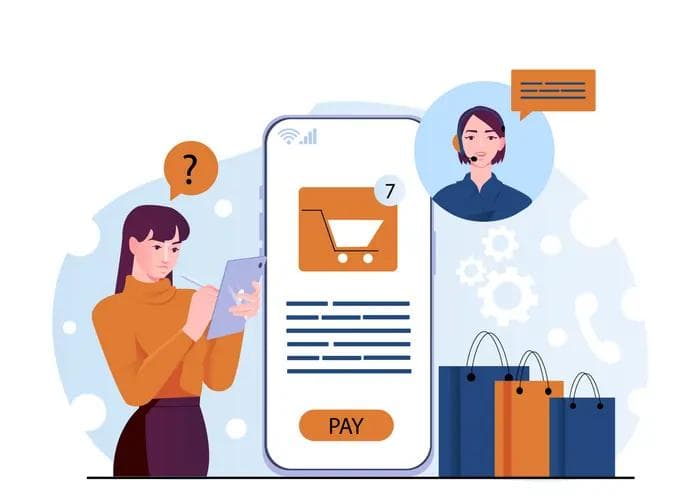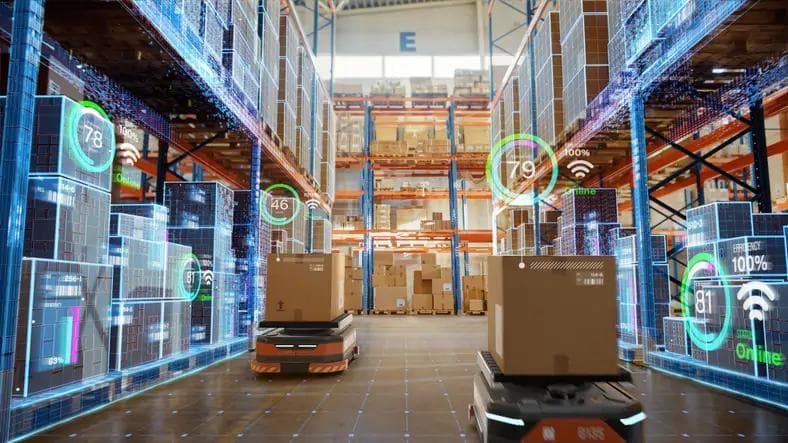Resilient connectivity to keep economy, businesses ticking
Resilient connectivity to keep economy, businesses ticking
Published by Jessica Weisman-Pitts
Posted on March 20, 2024

Published by Jessica Weisman-Pitts
Posted on March 20, 2024

Resilient connectivity to keep economy, businesses ticking
By Nicholas Lambrou, CEO of Australian technology company Thinxtra.
If the past few years past were about chasing the digital transformation dream – or at least laying strategic foundations for it – 2023 was very much about resilience, and that will carry throughout this year and beyond.
Cyber security dominated and will continue to headline resilience strategies. An increased volume in attacks spurred a surge in investment across public and private sectors, and the Federal Government allocated $586.9 million to its Cyber Security Action Plan, with particular attention paid to small and medium-sized businesses (SMBs), to the tune of $290.8m.
But if there’s one thing we’ve learned from last year, it’s that in the digital realm, resilience needs to extend well beyond cybersecurity.
In our hyper-connected world, the stability of digital infrastructure is a linchpin for the functionality of nearly every industry – especially those that rely on large volumes of devices reliant on connectivity.
That means connectivity must be underscored by resilience to avoid becoming collateral damage in the event of a crisis. Networks, telephone, internet and data services can’t be allowed to fall over, whether that’s a telco’s services collapsing, or extreme weather events (ie. floods or bushfires) knocking out critical infrastructure on which technology and devices rely.
Connectivity outages cost the economy millions of dollars, drain productivity, and impact the livelihoods of Australians, whether it’s employees left unable to do their jobs, citizens’ data being compromised, or communities left unable to access critical services. The effects rapidly cascade through sectors and supply chains, with the potential for incredible ramifications.
From an economic standpoint, this is especially true for financial services, and the thousands of payment terminals the sector operates.
Last year’s major telco outage demonstrated the critical scale of this type of disruption. Beyond the general inconvenience of such an outage, the resulting day-long services blackouts represented a direct hit to the bottom lines of businesses – both direct customers and the thousands of SMBs and online stores which rely on them. These businesses stand to lose anywhere from a few hundred to several thousand dollars in revenue once EFTPOS devices and Square units lose function, leaving customers with no option but to walk away as we become increasingly cashless.
What became apparent in 2023 is that connectivity outages call for the need for resilience – financial services providers (namely banks) and their customers (retailers or otherwise) need a Plan B to keep the economy ticking should they need to deal with another one.
Telco expert Paul Budde called for a “combined telecoms infrastructure” – roaming – to serve as this Plan B, rescuing connectivity by shifting traffic between networks.
In the case of the payment terminals you and I rely on to get our shopping done, visit the hairdresser or pay our bills, businesses don’t need to ‘wait and see’ whether Budde’s advice becomes a reality.
The devices which collect our payments fall within the realm of the Internet of Things (IoT), and typically transmit small amounts of data very frequently (unlike our mobile phones, for example, which are data-heavy). That makes cellular IoT connectivity a more suitable alternative to a traditional, single-carrier service.
Dedicated IoT connectivity drives flexibility to tap multiple networks across the country or globe without carrier interaction. It’s similar to Budde’s recommendation, without the need for commitment to a single provider or carrier interaction.
This gives businesses resilience to continue operating and taking or facilitating transactions, whether it’s an independent company with a single payment terminal, or a financial services provider managing thousands of devices across multiple geographies.
Our digital lives, businesses and economy rely on connectivity, and with so much at stake, hoping an outage won’t happen – no matter how accidental – leaves us all exposed. The same attention given to investment in digital transformation and cyber security strategies must be given to resilient connectivity, especially with millions of transactions daily dependent on it.
Explore more articles in the Business category











